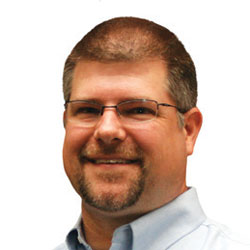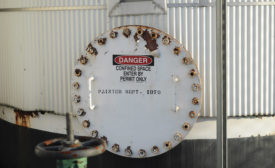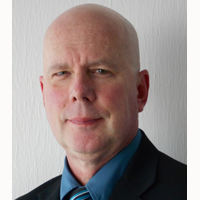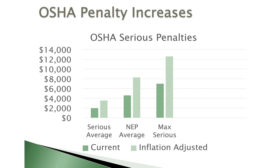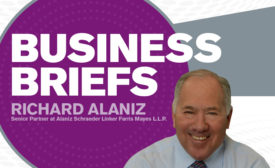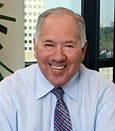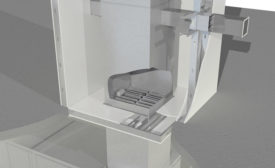Home » safety and HVAC
Articles Tagged with ''safety and HVAC''
Altered airflow can influence the safe operation of fuel-fired equipment
Read More
OSHA Clarifies Confined Spaces Rule
Q&A shows final rule has limited applicability to the residential HVACR industry
Read More
How to Manage an OSHA Inspection, Part 2
What you’ll need to handle OSHA’s visit: a team and a plan
Read More
How to Manage an OSHA Inspection, Part 1
Simple steps to ensure your facility and people are well-prepared
Read More
IIAR Continues Work to ‘Make Ammonia Great Again’
Industry trends are positive, but the legislative agenda will be slow in an election year
Read More
Successfully Navigating Workplace Safety Issues in 2016
Companies must monitor changes in federal regulations
Read More
Fluke Offers Free Online Course on Electrical Measurement Safety
Training provides guidance on how to minimize hazards while making electrical measurements
January 21, 2016
UL Workplace Health & Safety Offers Free Fire and Extinguisher Safety Training Course
Online course focuses on dealing with the threat of fire at work
December 23, 2015
Copyright ©2024. All Rights Reserved BNP Media.
Design, CMS, Hosting & Web Development :: ePublishing

